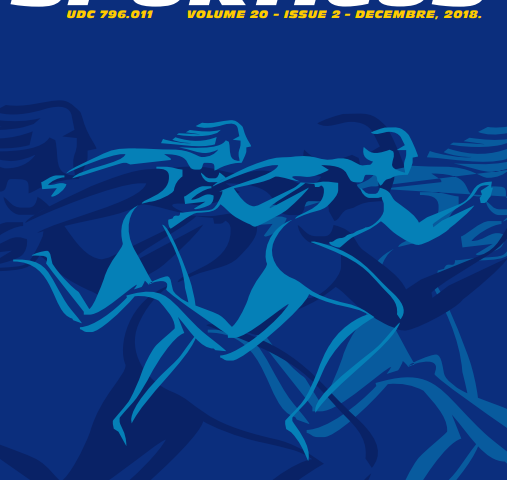Abstract
The aim of the research is to discover parameter values that indicate the actual situational positioning of competitors who attained the grand-prix tournament in Tokyo in the period from 1993-2004, and then to identify the development through that period. The study was conducted on 12 final K-1 GP Final tournaments in which 8 fighters took part, which made up the sample of the 96 fighters who were eventually described with 96 parameters on a universal scale. The article affirms specific methodology characterized by two innovations. The first is the situational aspect of the initial collection of data through DVD footage of all fights that took place in Japan Grand Prix K-1 tournaments from 1993 to 2004. All fighters were initially described with a total of 102 variables, which brought very interesting information about the situational aspects of K-1 events. The second innovation consists in determining the development of K-1 sport on a universal scale of data that accurately determines the position of any entity in the study, and hence all the contestants together that took part in a specific year. A relational model has been used in this research that describes the actions, offering multivariate criterion values and locating objects within the investigated sectors within hyper ellipsoids described by selected variables. Under the clear assumption that all objects are in the same universe, it is not difficult to conclude that they must have some sort of mutual relations. These relations can be described in binary-bifurcated way, but also in any other way. If a set of variables describing these objects are representative, as is the case in this research, then relations between the objects will surely lead to a structured set of relations, which in this model is simply called: actions. The study results showed that in 12 years (from 1993 to 2004) K-1 evolved toward higher and higher levels and range, which is an outstanding indicator of the global dynamics of this extremely demanding martial sport.


